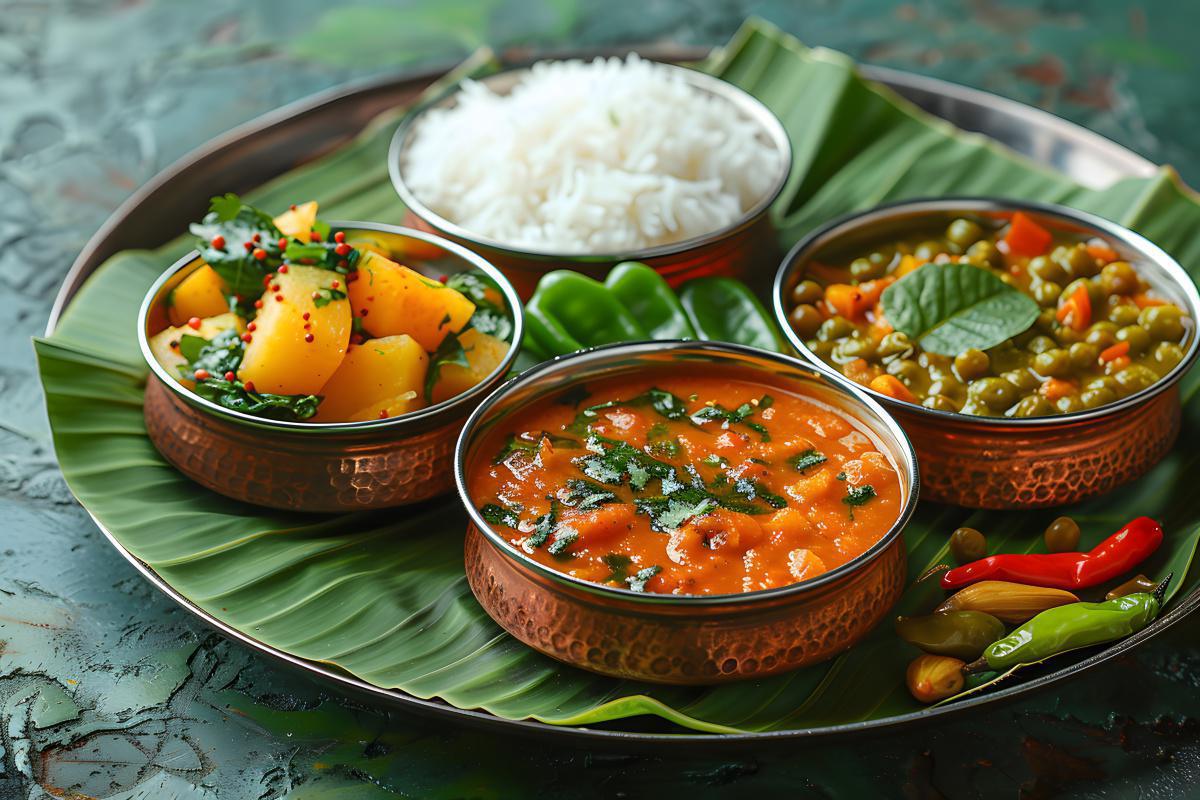Here’s a detailed list of dietary recommendations for the Dynamic body type and how these choices can enhance skin health through personalized nutrition. These tips are designed to address both internal balance and external skin health by nurturing the digestive system, supporting detoxification, and ensuring optimal hydration and nourishment
Dynamic Body Type Dietary Recommendations & Skin Health Tips
Overview: Dynamic types are characterized by dryness, roughness, and coolness. Their skin is often thin and prone to dryness, premature aging, and sensitivity. A grounding, nourishing diet helps keep the skin moisturized, hydrated, and resilient.
Key Dietary Principles:
- Focus on warm, moist, and oily foods to combat dryness and coldness.
- Choose foods that are naturally sweet, sour, and salty to balance the Dynamic type.
- Eat meals at regular intervals, as irregular eating can aggravate the digestive system.
Without proper diet, medicine is of no use. With proper diet, medicine is of no need.
Recommended Foods:
- Grains: Cooked, warming grains like oats, quinoa, rice (especially basmati), and wheat. Avoid dry, cold cereals or crackers.
- Vegetables: Favor cooked vegetables like artichoke, beets, bok choy, carrot, celery root, cucumber, tender eggplant, okra, white pumpkin, radish, spinach, summer/yellow squash, winter squash (acorn, buttercup, butternut), sweet potato, tomato and zucchini
- Fruits: Ripe, sweet fruits such as apricots, avocado, banana, berries, cherries, grapefruit, grapes, guava, kiwi, lemons, melon, mango, oranges, papaya, peaches, pineapple, plums, pomegranates, tangerines, dried fruits (such as dates, figs, raisons and prunes), apples and pears only if sweet and juicy or stewed.
- Dairy: Full-fat, warm dairy like butter, cream, ghee, milk (boiled and served hot), yogurt, soft non-aged cheeses (such as ricotta, cottage cheese and cream cheese), panir (homemade cheese from milk), and sour cream.
- Proteins: Well-cooked beans, lentils (mung beans), tofu, and moderate amounts of chicken or fish.
- Oils: Use healthy fats generously. Ghee, olive oil, and sesame oil are excellent choices to keep the skin hydrated.
- Nuts & Seeds: (Should be taken either roasted or soaked over night) Almonds (peeled), walnuts, and sesame seeds (seeds should be taken in small amounts).
- Spices: Warm, gentle spices like anise, black pepper (small amounts), cardamom, cinnamon, clove, coriander, cumin, fennel, fenugreek, garlic (cooked/fried only), ginger, hing (asafetida), mustard seeds, rock salt or sea salt, tamarind: all other spices in small amounts.
Foods to Avoid:
- Raw vegetables and salads (dry and rough).
- Cold foods and drinks (cold smoothies, icy beverages).
- Grains such as barley, buckwheat, corn, millet, raw oats, rye
- Dried fruits (unless soaked), unripe fruits, cranberries, guava, persimmom
- Vegetables like broccoli, caulliflower, cabbage, celery stalk, green leafy vegetables, mature eggplant, onion, orange pumpkin, peas, potato, sprouts, orange squash and raw vegetables.
- Certain dairy like ice cream, hard cheeses, and powdered dairy products.
- Spices like cayenne, chilli peppers, raw garlic and other very hot spices.
- Excessive bitter or astringent foods (raw kale, pomegranates, cranberries).
Meal Structure:
- Breakfast: Warm porridge or oatmeal with cooked apples, cinnamon, and almond butter. Avoid raw fruits and cold foods in the morning.
- Lunch: Lentil soup with steamed veggies (carrots, beets, zucchini), quinoa or basmati rice, and a drizzle of ghee or olive oil.
- Snack: Dates or figs with a handful of soaked almonds or cashews.
- Dinner: Roasted sweet potatoes, carrots, and butternut squash with a side of warm sautéed spinach and a dollop of ghee.
- Hydration: Warm herbal teas like ginger, licorice, or fennel throughout the day. Avoid cold beverages.
Skin Health Tips:
- Hydrate with warm herbal teas like licorice, fennel, or chamomile to support moisture retention and improve circulation to the skin.
- Use healthy fats like ghee and sesame oil to nourish the skin from within. These help reduce dryness and improve skin texture.
- Warm, cooked foods aid digestion and support the absorption of nutrients that nourish the skin. Avoid cold or raw foods that may disrupt digestion and cause dryness.
- Incorporate grounding spices like turmeric and cinnamon to improve circulation and support natural detoxification, which benefits the skin’s appearance.
- Avoid overexposure to wind and cold weather, which can dry out Vata skin.
Incorporating these dietary adjustments based on your body type will help balance internal health and promote glowing, clear, and youthful skin. Tailoring your diet to match your unique constitution supports the body's natural detoxification processes, optimizes digestion, and nourishes the skin from within.



